The CLOCK is set for SO294
+++english version below+++
Nachdem ein erster Voraustrupp am 09&10. September unter Hochdruck den Großteil des Geräteaufbaus auf dem FS SONNE gestemmt hat, erreicht auch der Haupttrupp Vancouver am 12. September. Um 2 Uhr morgens legt die RV SONNE am Dienstag, 13, September, ab mit dem Team von SO294 an Bord und die Expedition CLOCKS hat nach jahrelanger und intensiver Planung, endlich offiziell begonnen! Aktuell passiert übrigens noch alles an Bord unter strenger Einhaltung des Sicherheitsabstands und der Corona-Hygieneregeln, wie es für die ersten Tage Pflichtprogramm ist – bis eventuelle Coronavirus-Infektionen sicher ausgeschlossen werden können.
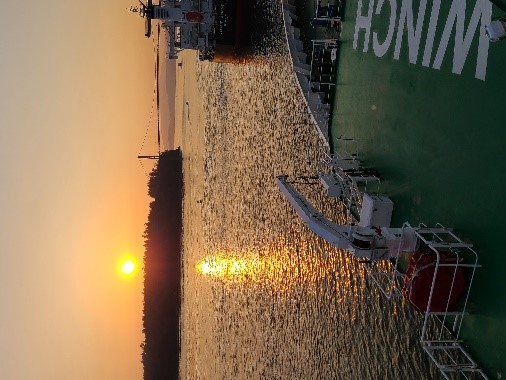
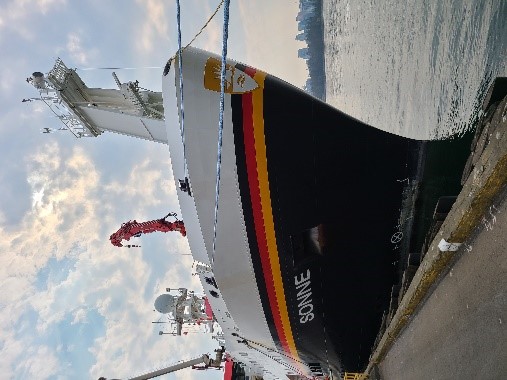
What the fog?
Eigentlich war am ersten Tag auf See ein Multibeam-Einsatz geplant. Dichte Nebelfelder jedoch, wie sie für die Gegend üblich sind, halten sich hartnäckig und lassen den acht „Marine Mammal Observers“ (kurz: MMO’s) an Bord keine Chance auf visuelle Beobachtung der Umgebung. Das wiederum macht den Einsatz von Multibeam für die Forscher:Innen unmöglich – zu hoch wäre das Risiko, marine Lebewesen mit dem Geräteeinsatz zu irritieren. Ein gutes erstes Beispiel, weshalb Flexibilität auch im Stationsplan so wichtig ist. Also geht’s weiter zur ersten offiziellen Station. Hier wird bei Nacht und (mittlerweile etwas weniger) Nebel ein Test der OBS-Releaser durchgeführt – Erfolgreich! Kurz darauf wird (ebenfalls erfolgreich) das erste OBS ausgesetzt und das Team beginnt, sich in den Arbeitsalltag auf See einzufinden.
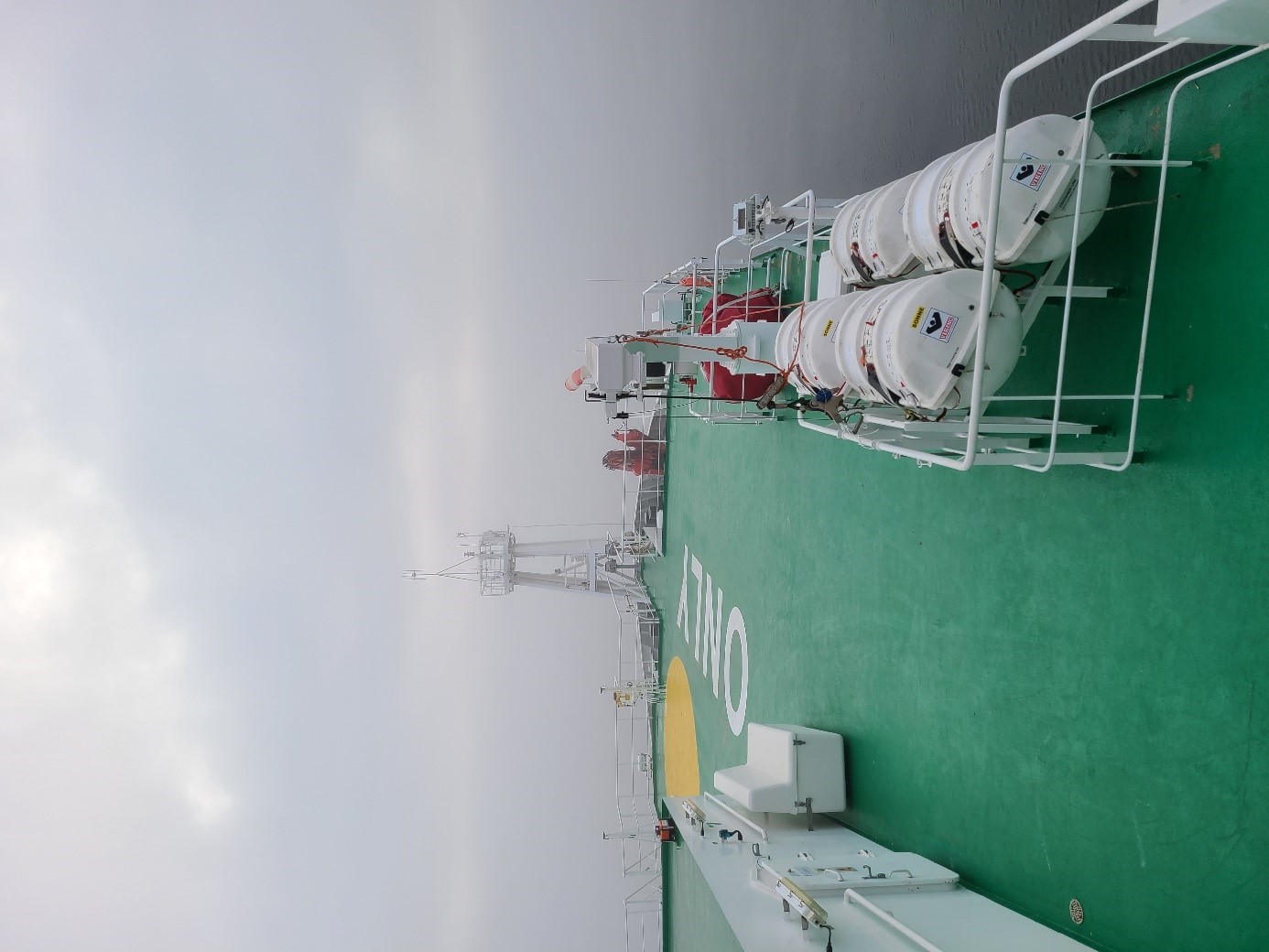
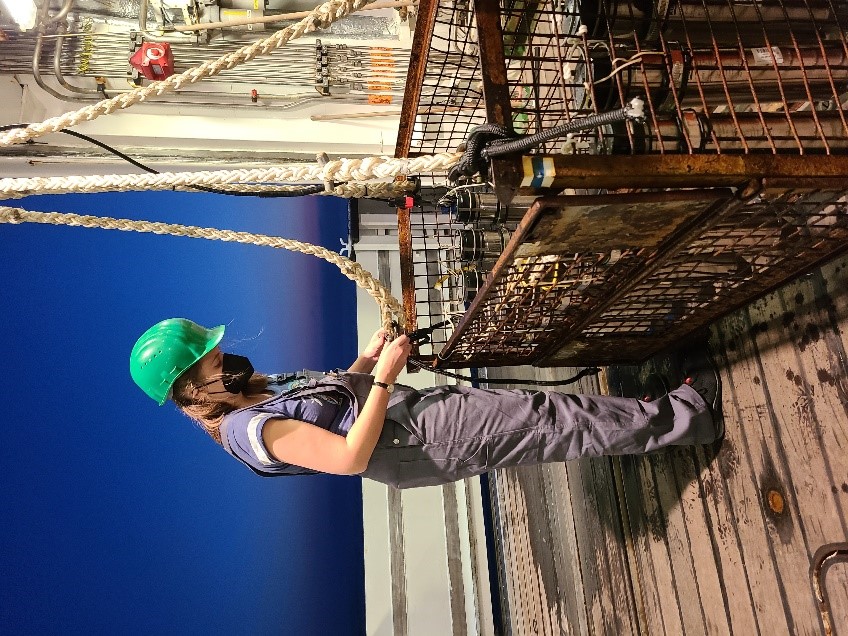
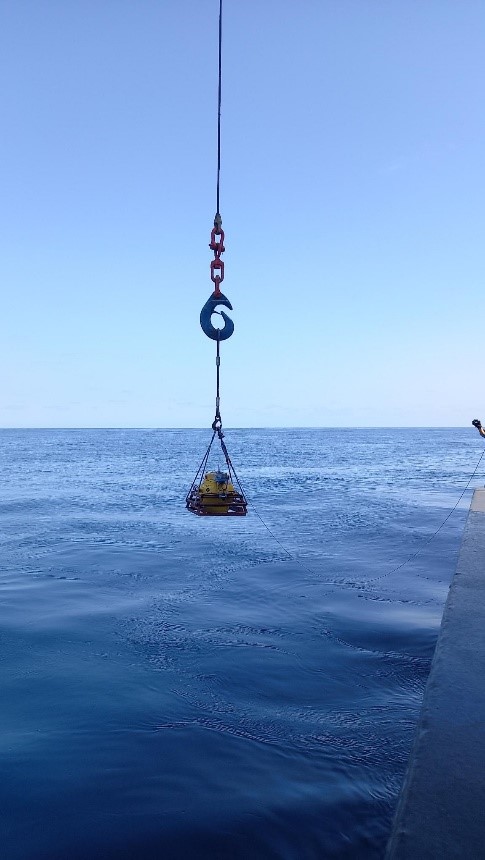
A hearty Whale-come
Am Tag darauf ist das Wetter wieder klar und auch die Underway-Hydroacoustic hat begonnen. Fleißige Marine Mammal Observer stellen sicher, dass die Forschung sofort gestoppt wird, sollte sich eine Flosse am Horizont zeigen, die auf Meeressäuger schließen lassen. Glücklicherweise (aber auch zum Leidwesen der anwesenden Marine-Mammal-liebenden Forscher:Innen) ist kein Anzeichen von marinen Säugetieren auszumachen.
Wirklich keine Wale? Am folgenden Tag wurden wir für die Arbeit der ersten Tage belohnt – Eine Orca – Schule mit etwa 20 Tieren, sowie mehrere Buckelwale die ihre Fluke zeigten, waren in einiger Entfernung zum Schiff zu sichten und ließen begeisterte Fahrtteilnehmer:Innen zurück.
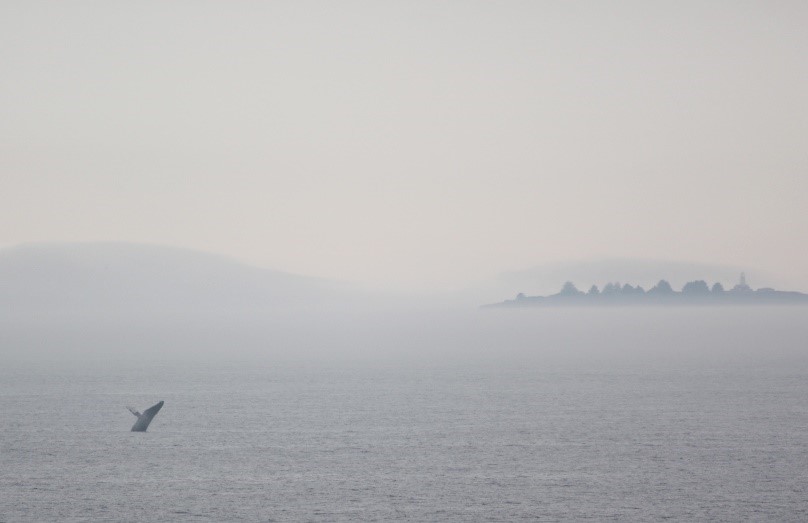
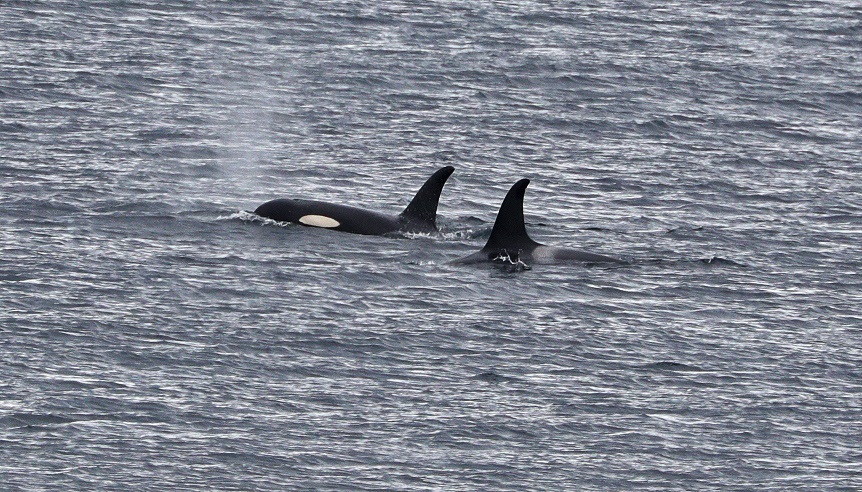
The CLOCK is set for SO294
A core of experienced team members arrived in Vancouver at the 9th of September and managed to install the major part of the equipment on the RV SONNE with great effort. On September 12 the rest of the research team finally arrives in Vancouver. At 2 o’clock in the morning of the 13th, the RV SONNE departs with the team of SO294 on board and the expedition CLOCKS has finally officially begun after years of intensive planning! Currently, everything on board is happening in strict compliance with the hygienic and safety rules, as it is mandatory for the first days – until possible Covid-19 infections can be safely excluded.
What the fog?
A multibeam mission was planned for the first day at sea. However, dense fog fields, which are common in this area, persist and leave the eight “Marine Mammal Observers” (MMO’s for short) on board no chance of visually observing the surroundings. This in turn makes the use of multibeam sounders impossible for the researchers – the risk of irritating marine life with the use of such equipment would be too high. This is a good example of why flexibility is so important in station planning. Off we sail to the first official station! Here, at night and (by now somewhat less) fog, a test of the OBS releasers is carried out – successfully! Shortly after, the first OBS is released (also successfully).
A hearty whale-come
The following day, the sky has fully cleared and the underway hydroacoustic has also begun. Diligent marine mammal observers make sure that the research is stopped immediately if even a single fin appears on the horizon in close proximity of the vessel. Fortunately (but also to the disappointment of the marine animal-loving researchers on board), no sign of marine mammals can be detected today as the research continues.
Did I say no whales? The following day we were rewarded for their first days of hard work with the sudden appearance of an orca school with about 20 mammals. The orcas plus several humpback whales showing their fluke were leaving behind amazed cruise participants.
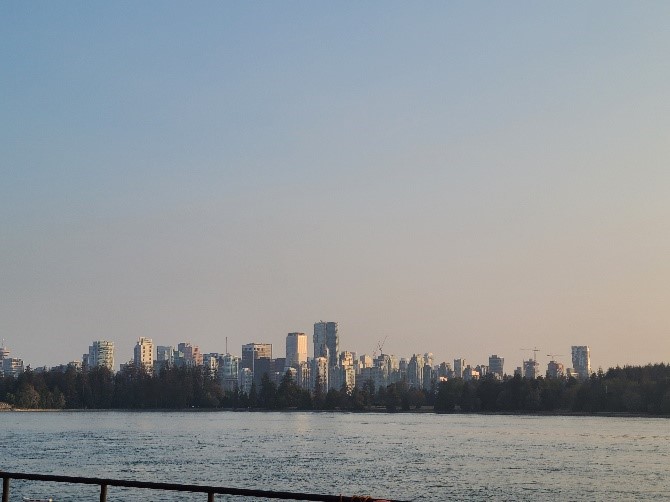
Super! Toller Blog